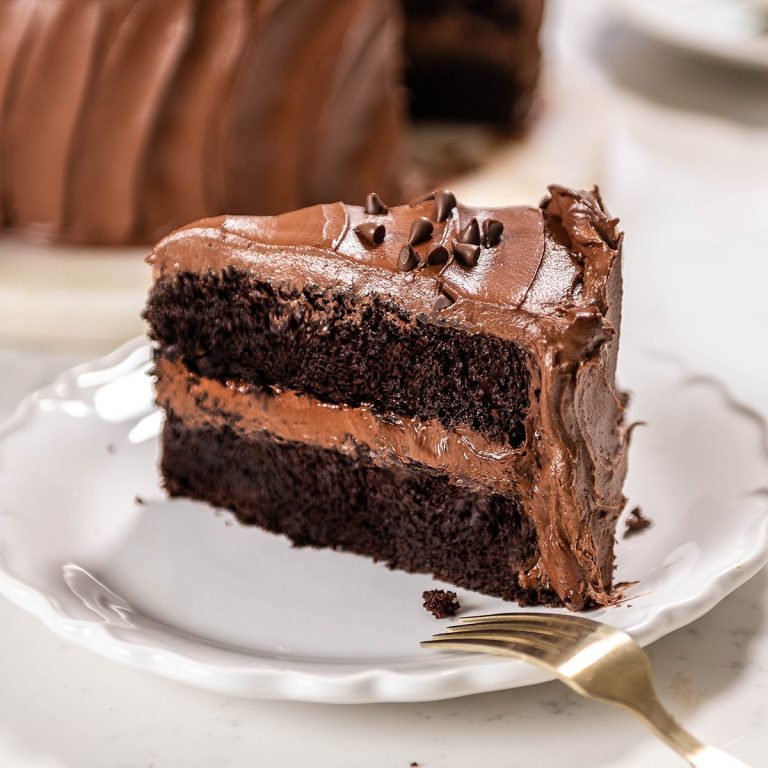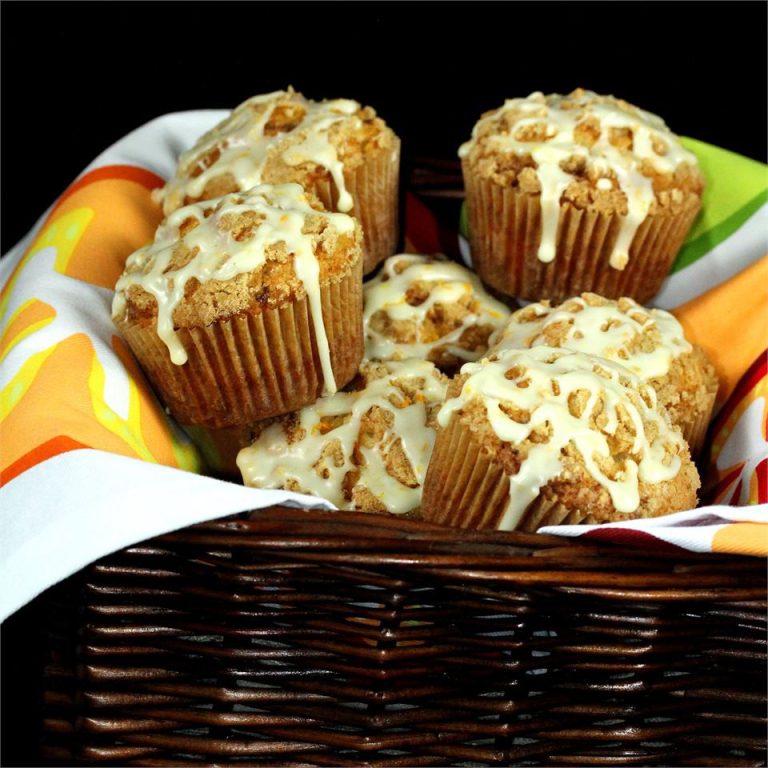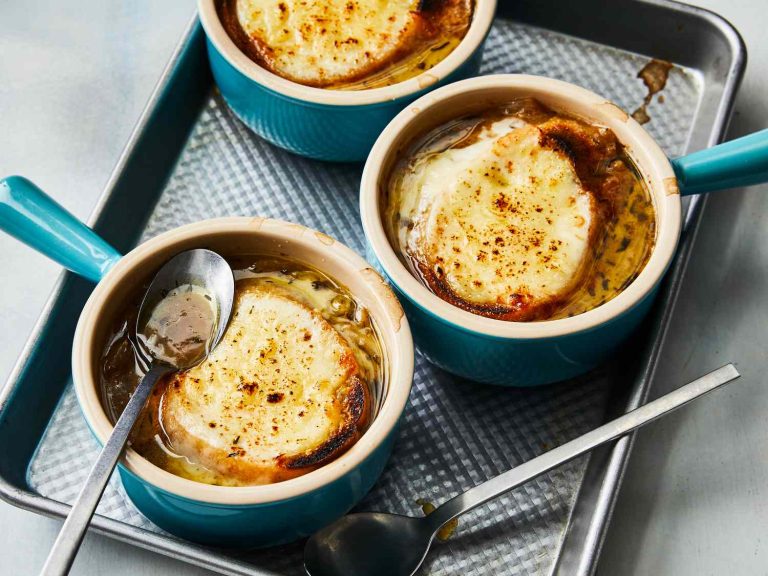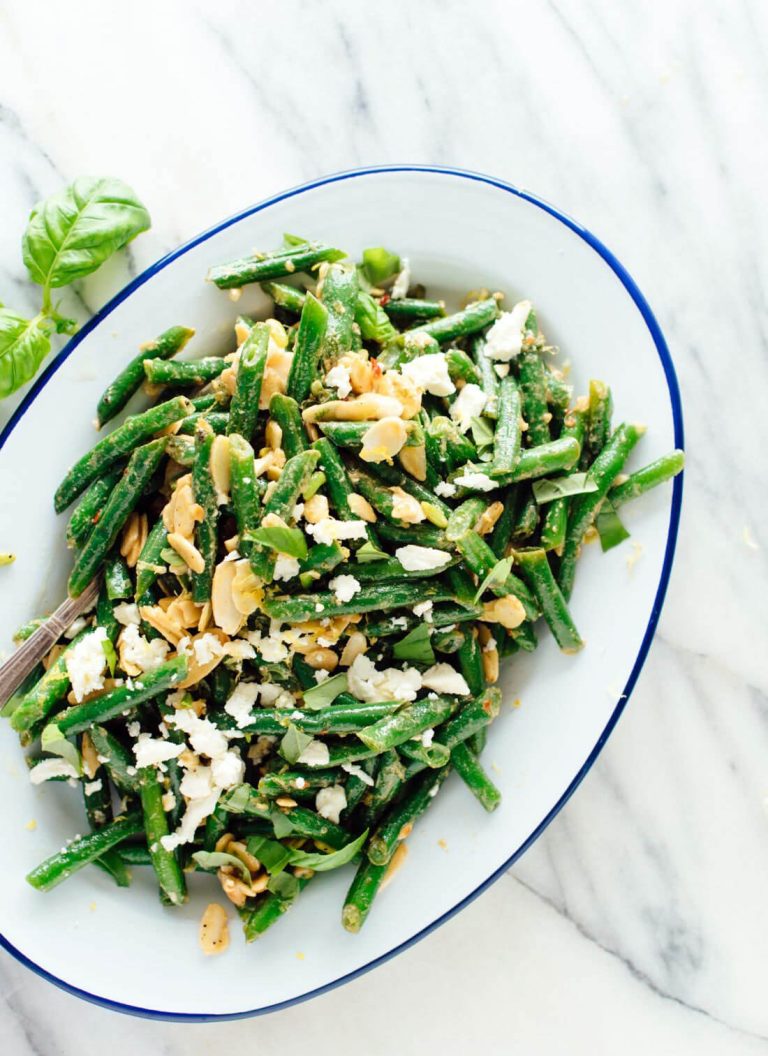Chilean Dobladitas Recipe with Health-Friendly Tips
Chilean Dobladitas date back to the colonial period. Brought by Spanish settlers in the 16th century, these bread rolls evolved through local adaptations. Initially crafted as simple bread, they became a unique Chilean staple over time. Traditional recipes combined simple ingredients like flour, water, and lard.
Cultural Significance
Chilean Dobladitas hold a special place in Chilean cuisine. Often enjoyed with “pebre” and other condiments, they’re a quintessential part of Chilean meals. Families frequently prepare them for gatherings, using varied recipes handed down through generations. You can find Dobladitas in bakeries across Chile, symbolizing comfort and tradition.
Ingredients and Preparation
Key Ingredients
Chilean Dobladitas require simple and readily available ingredients. These elements ensure that the pastries remain authentic and flavorful. Here’s what you’ll need:
- Flour: All-purpose flour, 500 grams, provides the base structure.
- Butter or Lard: 100 grams, adds richness and flakiness.
- Water: 200 milliliters, brings the dough together.
- Salt: 1 teaspoon, enhances flavor.
- Baking Powder: 1 teaspoon, adds a slight lift.
Step-by-Step Recipe
Follow these steps to prepare authentic Chilean Dobladitas:
- Mix Dry Ingredients: Combine flour, salt, and baking powder in a large bowl.
- Incorporate Fat: Add the butter or lard. Use your fingers to mix until the mixture becomes crumbly.
- Add Water Gradually: Pour water slowly while mixing. Form a smooth dough without overworking it.
- Rest the Dough: Cover the dough with a damp cloth and let it rest for 20 minutes.
- Preheat Oven: Set your oven to 350°F (175°C).
- Roll Out Dough: On a floured surface, roll the dough to a 1/4 inch thickness.
- Cut and Fold: Cut the dough into circles (about 4 inches in diameter). Fold each circle in half, then fold again to create a triangular shape.
- Bake: Place the folded dough pieces on a baking sheet lined with parchment paper. Bake for 15-20 minutes until golden.
- Serve: Enjoy the warm, flaky pastries with “pebre” or your favorite condiment.
Serving Suggestions for Chilean Dobladitas
Traditional Toppings and Fillings
Chilean Dobladitas offer diverse options for toppings and fillings, enhancing their flavor and making them versatile. Popular choices include melted butter, which adds richness and moisture, and marmalade, providing a sweet contrast to the pastry’s savory elements. Additionally, cheese fits well inside the folded layers, melting to create a creamy texture. For a savory twist, opt for ham or chorizo, adding a smoky flavor and protein. Incorporate vegetables like sautéed spinach or mushrooms for a healthier option.
Pairing with Beverages
Pairing beverages with Chilean Dobladitas elevates the dining experience. Common choices include mate, a traditional South American tea known for its earthy taste. Additionally, coffee complements the pastry’s richness, making it a popular choice for breakfast or a mid-day snack. For a refreshing option, consider natural fruit juices, such as orange or mango, which balance the pastry’s flavors. During colder months, try **a warm glass of Chilean navegado, a spiced wine that adds warmth and depth to your meal.
Health Aspects of Chilean Dobladitas
Nutritional Benefits
Chilean Dobladitas offer various nutritional advantages. Made primarily from flour, they provide a good source of carbohydrates, supplying your body with energy. The inclusion of lard adds a dose of essential fats, integral for cellular function. When consumed with cheese or ham, these pastries can offer protein, vital for muscle repair and growth. Additionally, fillings like vegetables contribute vitamins and minerals that support overall health. Incorporating a variety of nutrient-dense fillings can further enhance the nutritional profile of Chilean Dobladitas.
Dietary Considerations
When paying attention to dietary requirements, consider the ingredients in Chilean Dobladitas. Traditional recipes often use lard, contributing to higher saturated fat content. You can replace lard with healthier alternatives like olive oil for a lower-fat version. For gluten-free diets, substitute standard flour with gluten-free options. To reduce calorie intake, choose lower-fat toppings and fillings. Additionally, if lactose intolerant, opt for dairy-free cheese alternatives. These modifications can help align Chilean Dobladitas with various dietary preferences and health goals.
Conclusion
Chilean Dobladitas offer a delightful taste of Chilean culinary tradition while providing nutritional benefits. With simple modifications, you can enjoy these pastries regardless of your dietary preferences or health goals. Whether you stick to the traditional recipe or make healthier adjustments, Chilean Dobladitas can be a versatile and tasty addition to your meal repertoire. So why not give them a try and experience a piece of Chilean culture right in your kitchen?





